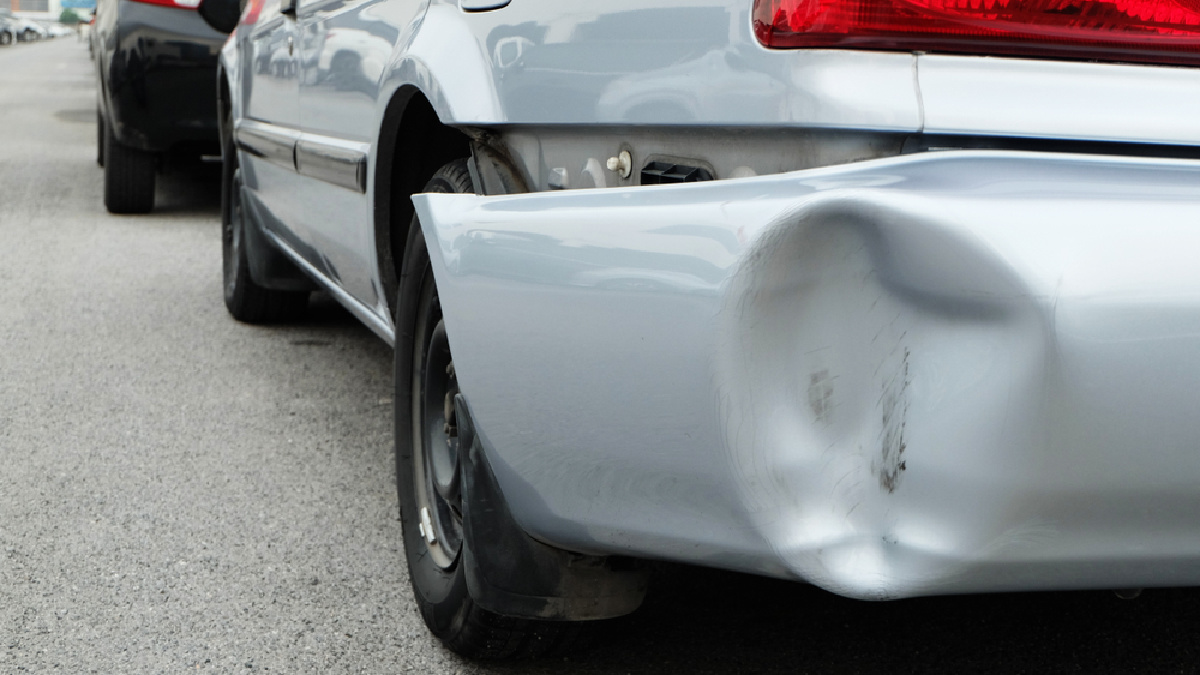
A hit-and-run accident involving your personal vehicle is bad enough. But what happens if your rental car gets damaged in a hit and run?
Let’s assume you aren’t at fault involving an accident. A rental company will typically work with the other driver and their insurance company to cover the costs of the damage. But a hit-and-run leaves you high and dry without the necessary contact information to facilitate that process. In the majority of cases, the other driver disappears and you’re left to cover the damages by yourself.
Here is an overview of how common forms of rental insurance will cover a hit-and-run accident. Also, here are the pros and cons of each to help you assess your options.
Your personal auto insurance policy
If you own and operate a personal vehicle, your auto insurance will most likely cover you in a rental car. Collision, comprehensive, and liability coverage covers most rentals within the United States. The caveat is that the rental must be of similar or lesser value to your personal vehicle. Since personal coverage applies to hit-and-runs, it will likely apply in a hit-and-run in your rental. It’s a best to double check your personal insurance policy with respect to rental coverage before declining other coverage.
You won’t be totally out of the woods, though. There are costs that your personal policy may not cover. These can include the amount of your deductible. It can also include “loss-of-use” charges that recoup the rental company’s lost revenue while the rental is repaired or replaced, “diminished value” or administration fees, and towing charges. You’ll also have to file a claim with your insurance company, which can involve a lot of administrative work and could end up raising your premiums.
Over the counter insurance options from the rental company
Alternatively, the Collision/Loss Damage Waivers (CDWs or LDWs) offered at the counter by the rental company will usually cover all of these costs, including the ancillary fees. When you purchase this, rental companies waive the right to pursue you for damages in case of an accident. This coverage applies if your rental car gets damaged in a hit and run the same way as it would for other accidents.
This is the option with the least risk, but it’s also by far the most expensive. CDW/LDWs can cost up to $20-$30 a day, which quickly adds up.
Leveraging credit card benefits
On top of welcome bonuses and valuable rewards points, some credit cards offer rental insurance coverage. If you paid for your rental with your credit card and waived the offered CDW/LDW, your credit card may cover you in the event of a hit-and-run. However, these benefits are not all made equal. What separates the good from the great is the cards that offer “primary coverage.”
In short, pretty much every basic credit card offers secondary insurance coverage, but this coverage only kicks in after your personal policy is spent. This means you still have to pay your deductible and file a claim with your insurer. The best credit cards will offer primary car rental coverage, which kicks in before your personal policy and will cover any damage to your rental (and sometimes even pesky fees like the previously mentioned loss-of-use charges).
There are some drawbacks. Coverage from credit cards almost never includes liability coverage that covers damage to other cards and medical expenses, it will only cover standard rental types (compact through full-size), it usually only lasts for one month, and there can be international restrictions. Read through your card’s benefits information concerning the included rental car coverage to sort out what is and isn’t covered.
